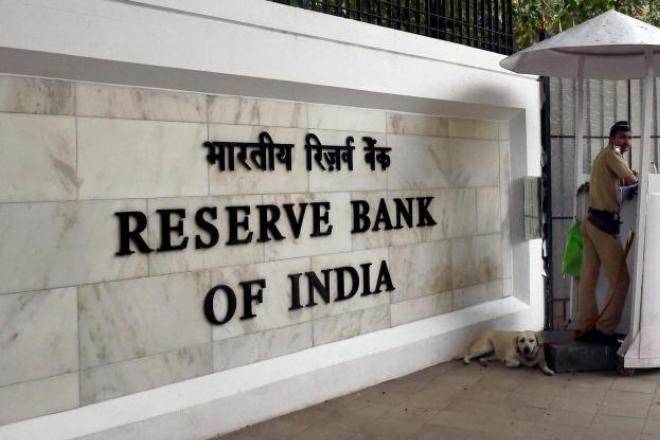Given the nature of AT1 bonds, the central bank was clearly well within its rights to write them down altogether as part of the Yes Bank clean-up. After all, the bonds are quasi-equity and those investing in them—for a higher rate of interest—were aware of the risks. There are, of course, allegations of mis-selling since some investors claim they were not made aware of the risks; according to these investors, they were sold the bonds as essentially FDs with a higher lock-in period. It is not clear how the investors will prove the mis-selling since, more often than not, most of the assurances are verbal; either way, that is something the authorities will need to look at.
What is more worrying is the way the write-downs have been done. The rules allow RBI to write down the AT1 bonds, but conceptually, equity is the riskiest instrument and debt the least, with AT1 bonds somewhere in between. By writing them down first, however, RBI has made the AT1 bonds even more risky than equity. And thanks to the SBI-led bailout plan, after plunging to Rs 16.2 on March 6—they were at Rs 36.85 on March 5 when the board was superseded—Yes Bank shares have zoomed, to `58.65 on Tuesday. Apart from it being unfair that the equity holders have been saved while the AT1-holders sacrificed, this jeopardises attempts by other banks to raise AT1 bonds in the future. Ideally, the AT1 bonds should be converted into equity—at what rate is RBI’s call—so they too have an upside if the bailout succeeds.

